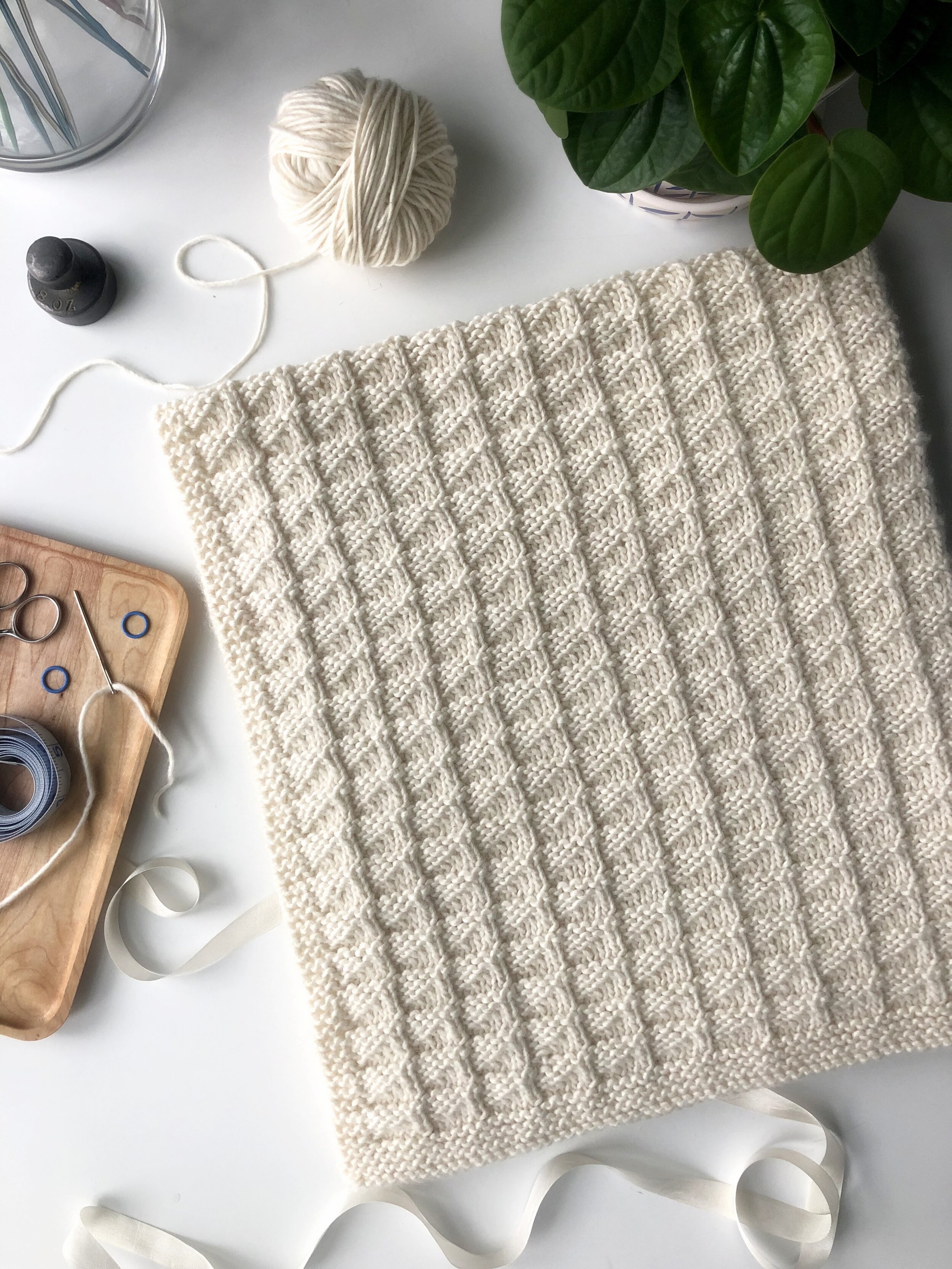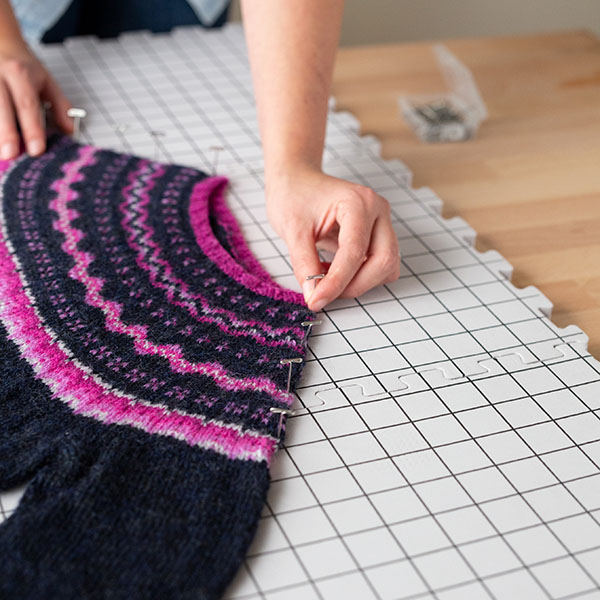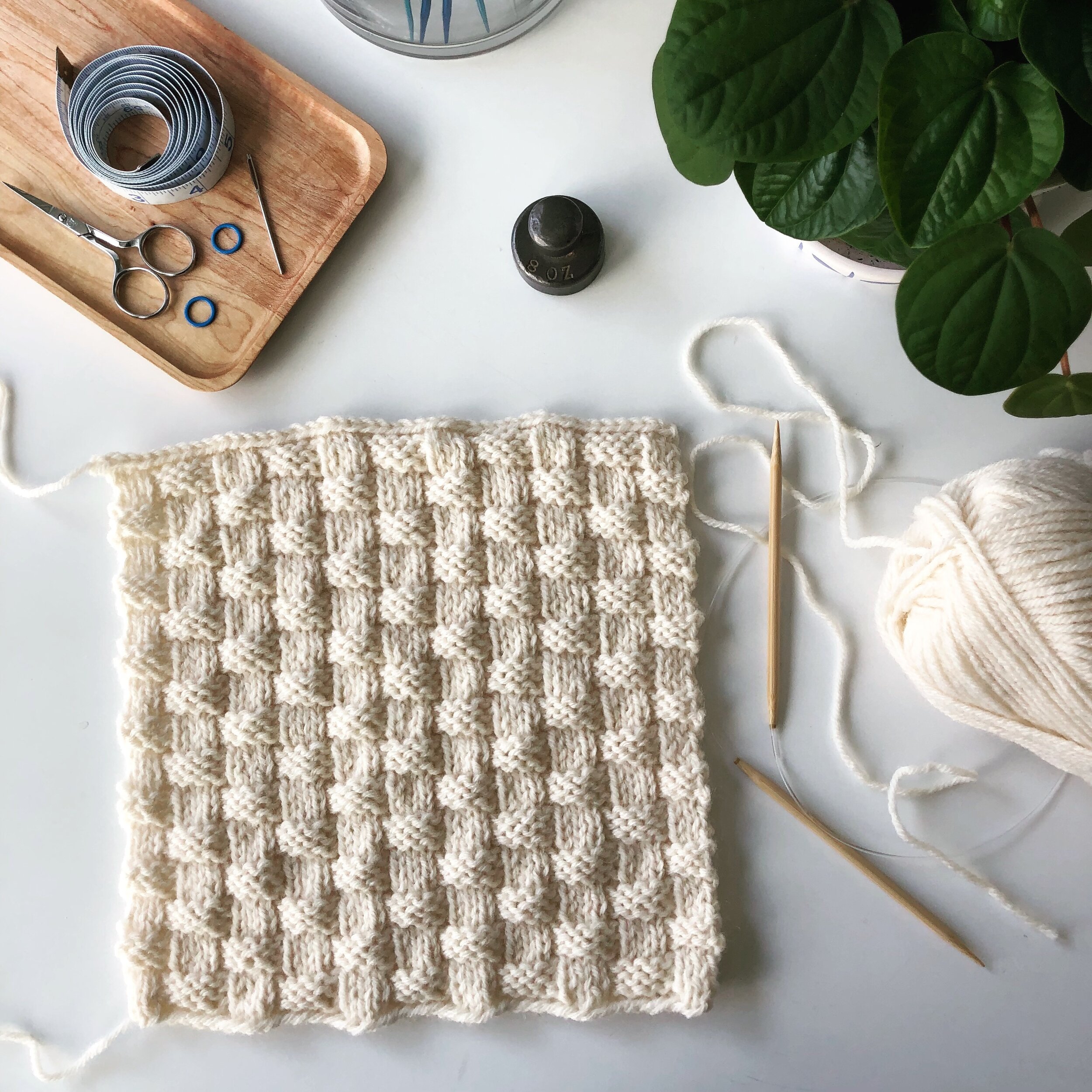How To Block A Knitted Project
How To Block A Knitted Project - Here’s how steam block knitting: A yarn label should offer care instructions that. Should you block every project? How do you block knitting without mats? Do not rub, twist, or wring a handknit. Web simply, because these are not held together by (hydrogen) bonds that can be broken with water or soap. Drain the water and rinse until water runs clear. What you'll need to know. Soak your knitted item in gentle wash per the yarn label instructions. If you’re using the knitter’s block, configure the tiles to accommodate your knitted item. Whether you're using a bathtub, a sink, a bucket, or some other container, make sure to fill it with just enough water to fully submerge your knitting project. Web blocking is a method of stretching and shaping a finished knitted piece to reach the dimensions suggested in the pattern, to make two pieces that need to match the same size,. Creating the patches in different colours is also a great way to use up scraps of yarn leftover from other projects. Web hair dryer blocking involves wetting your knit item, laying it flat, pinning down its sides then using a hairdryer set at cool setting to fully evaporate any residual moisture. Lay the piece on a towel, gently shaping it. Web click here to be inspired by more granny square project ideas. Blocking socks and hats is a little different, so we'll discuss that process below. Different methods of blocking acrylic yarn. Read the care instructions on your label. Once you’ve finished knitting your blanket, scarf, throw, washcloth, sweater, or other knit project, you need and want to block it. Remove as much extra moisture as possible, typically with a towel. Lay the piece on a towel, gently shaping it into the form you want to have when finished. Blocking socks and hats is a little different, so we'll discuss that process below. Web do you block your knitting? See before & after photos of my knitting projects. No need to get overwhelmed, though! Get your project wet by soaking, steaming, or spraying with a spray bottle. Blocking a finished knitting project makes a big difference in the appearance! Learning to knit is an ongoing challenge with plenty of chances to pat yourself on the back along the way. Blocking socks and hats is a little different, so. Steam, wet and spray blocking. There are four main ways that you can block your kitting: Once your bucket is full, grab your knitted project and give it a dunk. Drain the water and rinse until water runs clear. Different methods of blocking acrylic yarn. Soak your knitted item in gentle wash per the yarn label instructions. Before blocking knitting, weave in all loose ends; Web blocking generally follows three simple steps: Ready to take your finished knitted. Once your bucket is full, grab your knitted project and give it a dunk. Web simply, because these are not held together by (hydrogen) bonds that can be broken with water or soap. Before blocking knitting, weave in all loose ends; Do not rub, twist, or wring a handknit. Wet blocking, steam blocking, and spray blocking. Before wet blocking anything, check its label for instructions to avoid causing any irreversible damages to it. Carefully lift the piece out of the water onto a towel. Instructions and tips for how to block knitting projects using wet blocking, spray blocking, and steam blocking. Web these blockers can be left to dry flat (flip them after a couple of hours to dry evenly) or hung up on a hook. Web the whys & hows of blocking. Web blocking is a method of stretching and shaping a finished knitted piece to reach the dimensions suggested in the pattern, to make two pieces that need to match the same size, or to make your stitches look nicer and more even. For knits in any brooklyn tweed yarn, use cold water for best results. Web hair dryer blocking involves. Get your project wet by soaking, steaming, or spraying with a spray bottle. Pin the dry project to your blocking mat (the way i showed you above). Blocking wires (not essential but nice, especially for. A patchwork crochet cardigan is a great opportunity to experiment with block colours, as demonstrated by @beautifulcrochetstuff on instagram. Web simply, because these are not held together by (hydrogen) bonds that can be broken with water or soap. In this video, i show you what yarns should be blocked an. Web click here to be inspired by more granny square project ideas. You’ll start by soaking your finished project in water and then shape it into the desired dimensions. Soak your knitted item in gentle wash per the yarn label instructions. Whether you're using a bathtub, a sink, a bucket, or some other container, make sure to fill it with just enough water to fully submerge your knitting project. Once you’ve finished knitting your blanket, scarf, throw, washcloth, sweater, or other knit project, you need and want to block it. Web blocking knitting can help to create a neater stitch definition and prevent curling. Wet blocking, steam blocking, and spray blocking. To start, you will need: Blocking socks and hats is a little different, so we'll discuss that process below. See before & after photos of my knitting projects.
How to Block Knitting Blocking a Hand Knit Blanket Tutorial Final

How to Block Crochet with Easy DIY Blocking Board

a close up of a knitted rug on the ground with a tape and scissors

all about blocking crochet and knits Diy crochet and knitting

How to Block Knitting Blocking a Hand Knit Blanket Tutorial Final
How to Block Squares for Traveling Afghan Knitting Project Lion Brand

3 Things Blocking Knits Can Fix (and 3 Things It Can’t) Knitting

Tutorial Blocking Knits KnitPicks Staff Knitting Blog

How to Block 100 Acrylic Yarn The Best Way for Knit + Crochet YouTube

How to Block Knitting YouTube
Ready To Take Your Finished Knitted.
Lay The Piece On A Towel, Gently Shaping It Into The Form You Want To Have When Finished.
The Water Should Be Nice And Warm.
Web There Are Three Main Ways To Block A Knitting Project:
Related Post:
